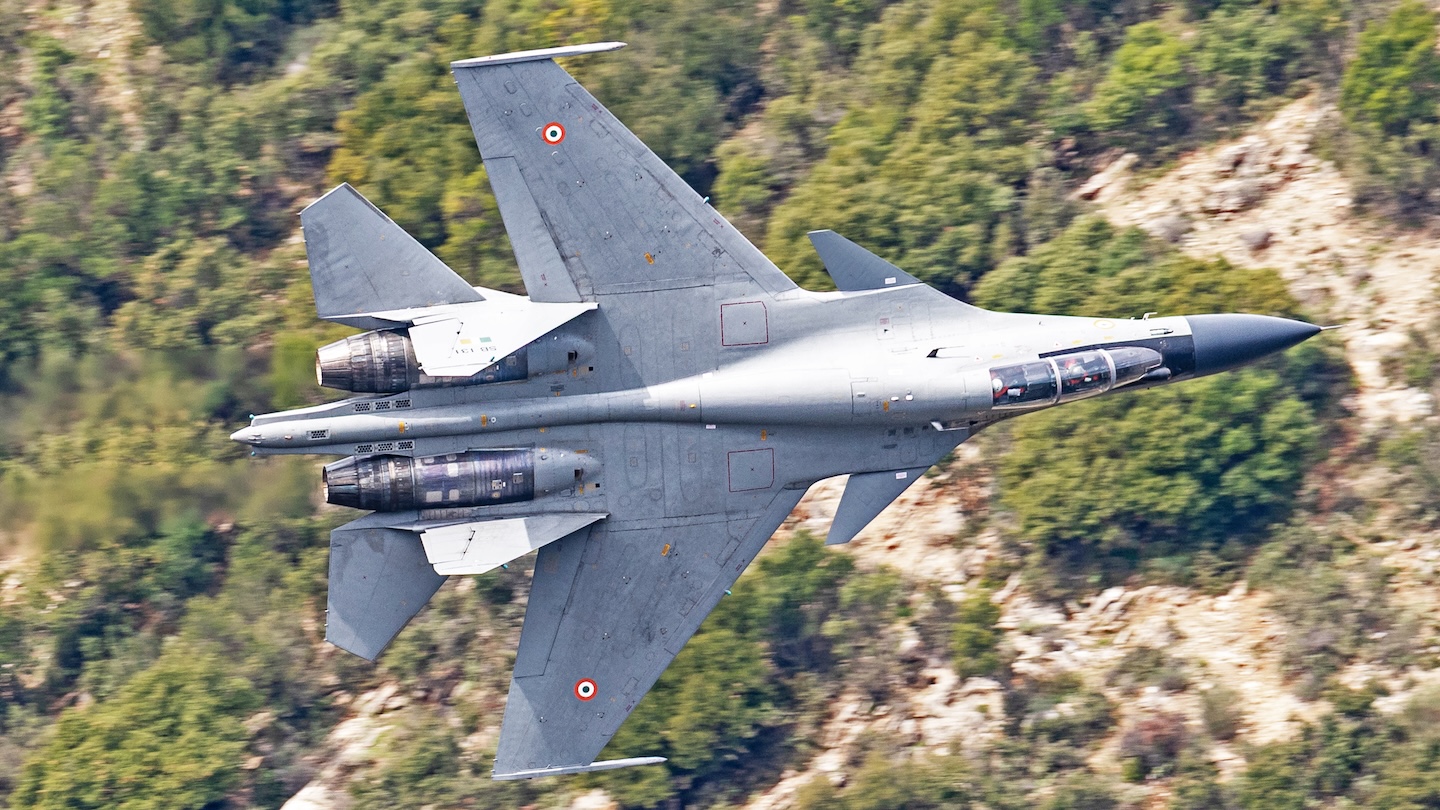After three weeks of air warfare training over the Greek mainland and sea, the Hellenic Air Force’s (HAF) multinational Iniochos exercise wrapped up Sunday. This year’s maneuvers involved a remarkably wide variety of air forces and types and provided a unique opportunity to see tactical aircraft put through their paces at low level through the spectacular mountainous scenery of western Greece.
Aviation photographer and TWZ contributor Rich Cooper was in Greece and now shares with us some of the highlights of the exercise, which was hosted out of Andravida Air Base, home to the HAF Air Tactics Center.
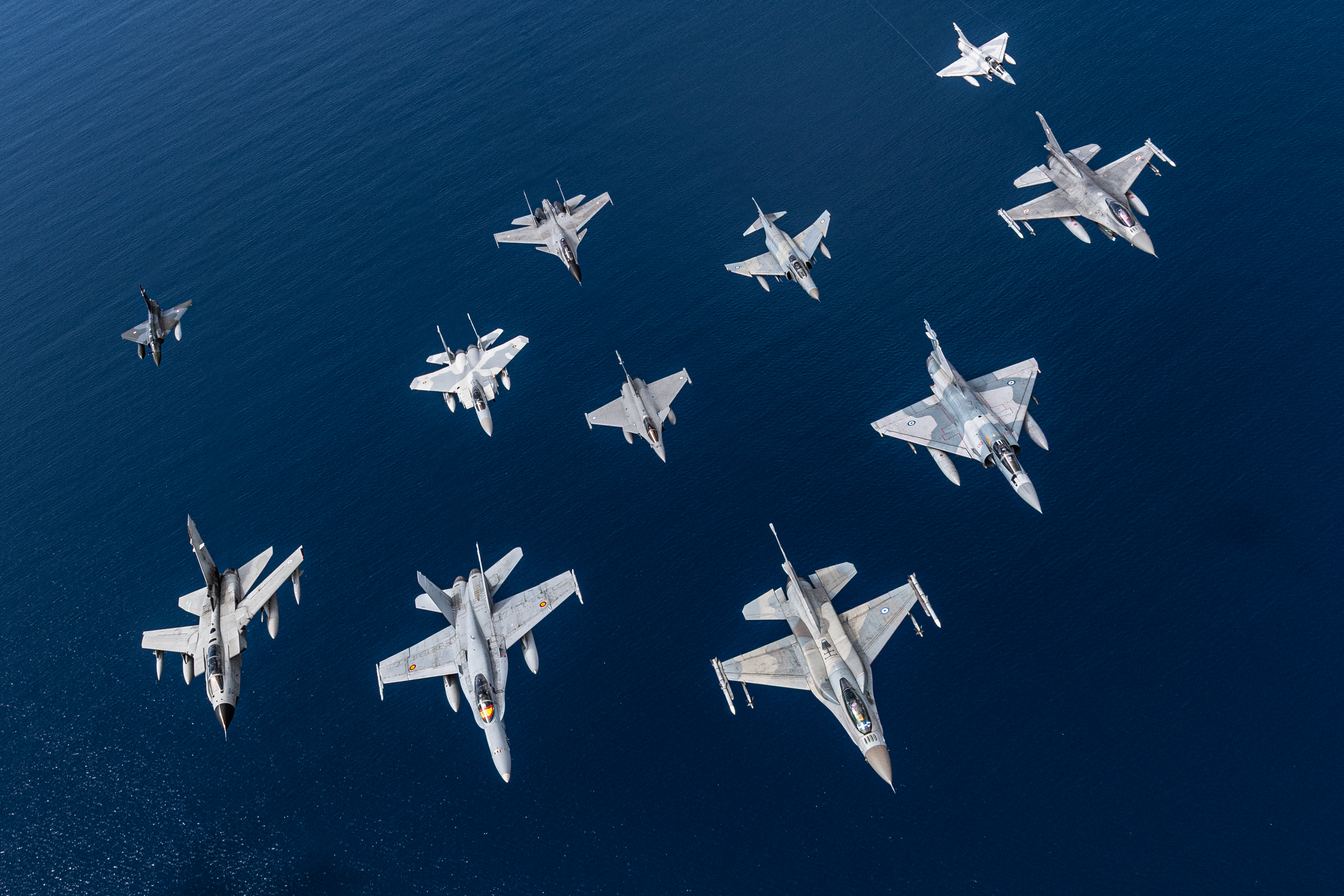
The 2025 iteration of Iniochos began March 24 and concluded April 13, with training on a wide range of missions. These comprised Offensive Counter Air Operations (OCA), Defensive Counter Air Operations (DCA), Strategic Air Operations, Air Power Contribution to Counter-Land Operations (APCLO), Air Power Contribution to Maritime Operations (APCMO), Reconnaissance Missions (RECCE), Combat Search and Rescue (CSAR), Time Sensitive Target (TST), and High Value Airborne Asset (HVAA).

Reflecting the growing use of virtual training aids in air warfare training, Iniochos 2025 also made use, for the first time, of F-16 tactical simulators of the HAF’s newly established Synthetic Training Squadron.
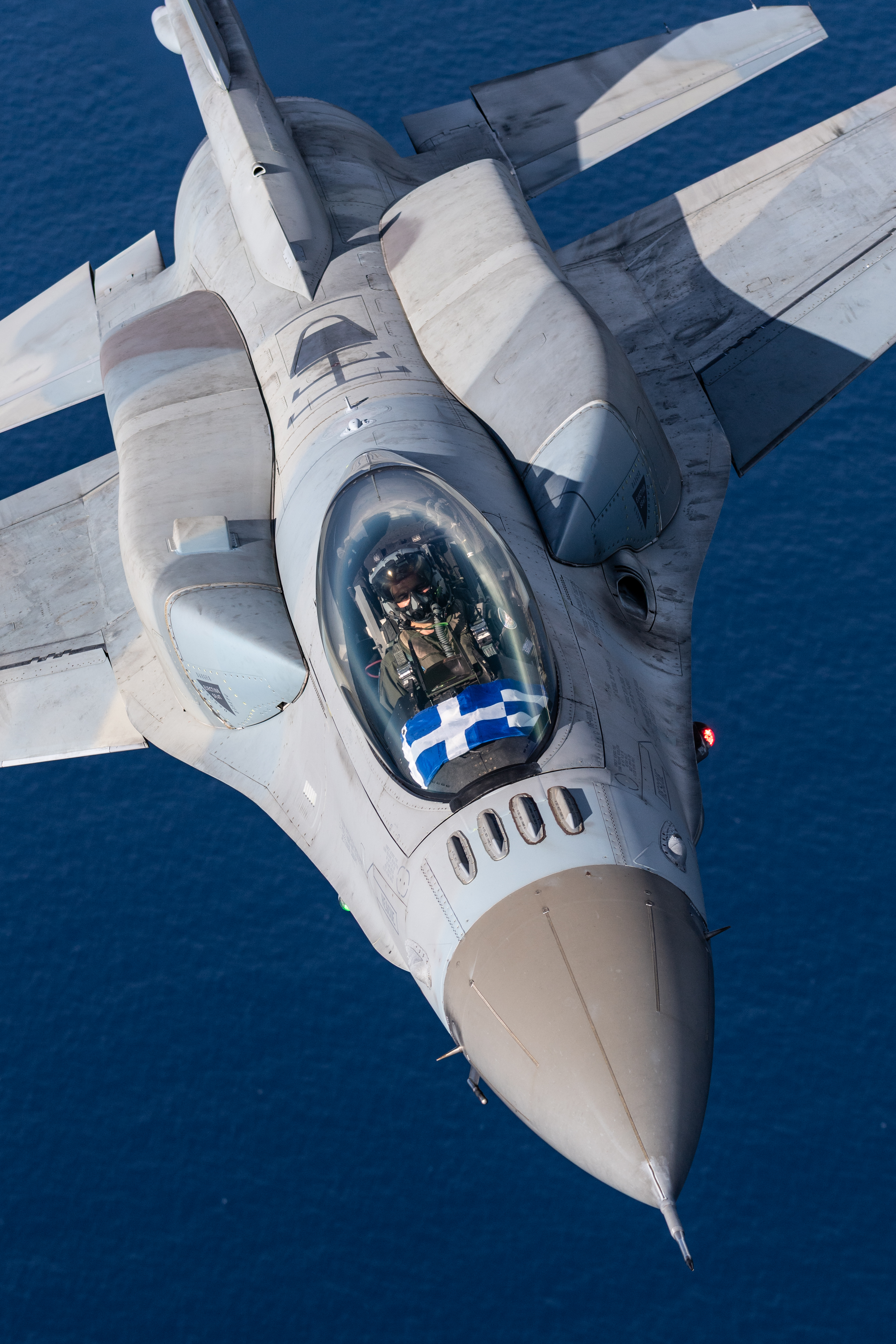
As well as putting multiple Hellenic Armed Forces assets — including ground-based air defenses — through their paces, the exercise also saw strong foreign participation, underscoring how these drills have become increasingly popular for a range of NATO, allied, and partner air forces.
External participants this year included French Μirage 2000D and Italian Tornado strike fighters, Emirari Μirage 2000-9, Indian Su-30MK, Polish F-16, Qatari F-15QA, and Spanish EF-18 multirole fighters, Israeli G550 signals intelligence (SIGINT) aircraft, Montenegrin Bell 412 utility helicopters, Slovenian PC-9 turboprop trainers, and U.S. Air Force F-16s as well as KC-46 and KC-135 aerial refueling tankers.

Israeli participation in Iniochos is not new, but remains noteworthy, for several reasons.
In the past, the Israeli Air Force has conducted exercises with the Hellenic Armed Forces to expose its assets to Greek-operated S-300 air defense systems, originally procured for the protection of Cyprus. These Russian-made surface-to-air missiles are notably operated by Iran and Syria. Meanwhile, Greek jets have also flown in Israel’s corresponding Blue Flag maneuvers.
Iniochos also provides a rare platform for the Israeli Air Force to take part in maneuvers alongside their counterparts from the Gulf states: in this instance, Qatar and the United Arab Emirates. Although Qatar and the UAE, like most of the Arab world, long rejected diplomatic ties with Israel, these policies have softened in recent years, and the UAE, in particular, has cultivated increasing military relations with the country.


Nevertheless, in light of general security concerns, the Israeli Ministry of Defense typically provides very few details about the Israeli Air Force’s participation in Iniochos, but did provide some comments this time.
The Israeli Air Force confirmed it sent a single SIGINT-configured G550, although in previous years it had sent several fighter jets and tankers, as well as surveillance aircraft.
In a statement, the Israel Defense Forces said that its participation in the exercise was “intended to strengthen strategic cooperation with foreign armies, improve the competence of the participating forces, and give the crews a professional challenge in flight conditions in an unknown environment and with varying threats.”
While classed as a medium-scale exercise, in terms of participating aircraft, this year’s Iniochos was the biggest since the maneuvers first took place in the late 1980s, which was as an all-Greek affair back then.
The exercise had a notable focus on low-level flying, with most of the participants making good use of the Peloponnese mountain low-level flight training area. Low-level flying is a highly perishable skill and one that remains of critical importance for evading hostile air defense networks. Access to appropriate flight training areas is not always easy, so opportunities like this are very welcome for tactical fliers.
Here is just a taste of what a few lucky spectators got to see flying down low in the Greek valleys and over the Aegean Sea during the 2025 edition of an exercise that’s clearly of growing significance.



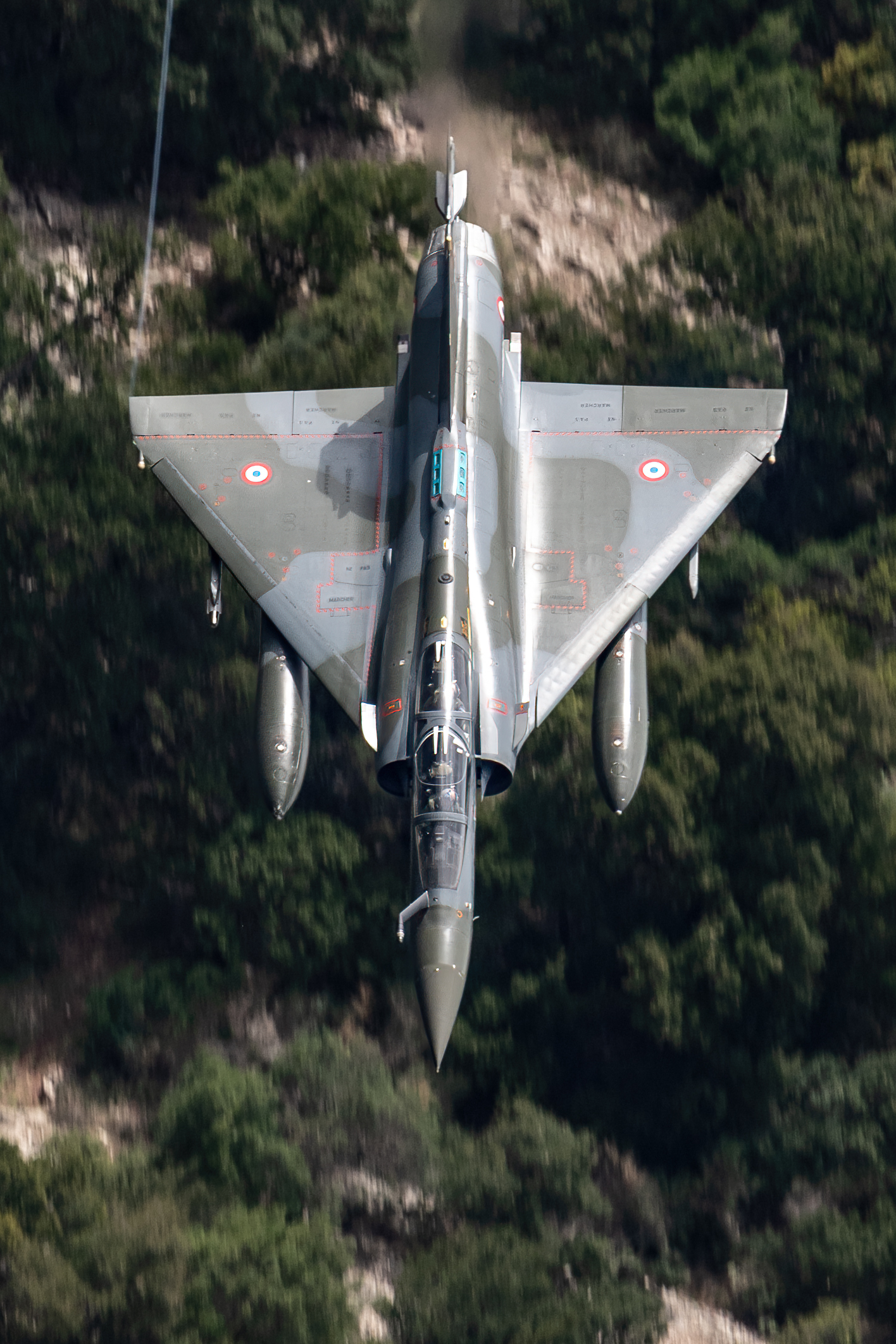

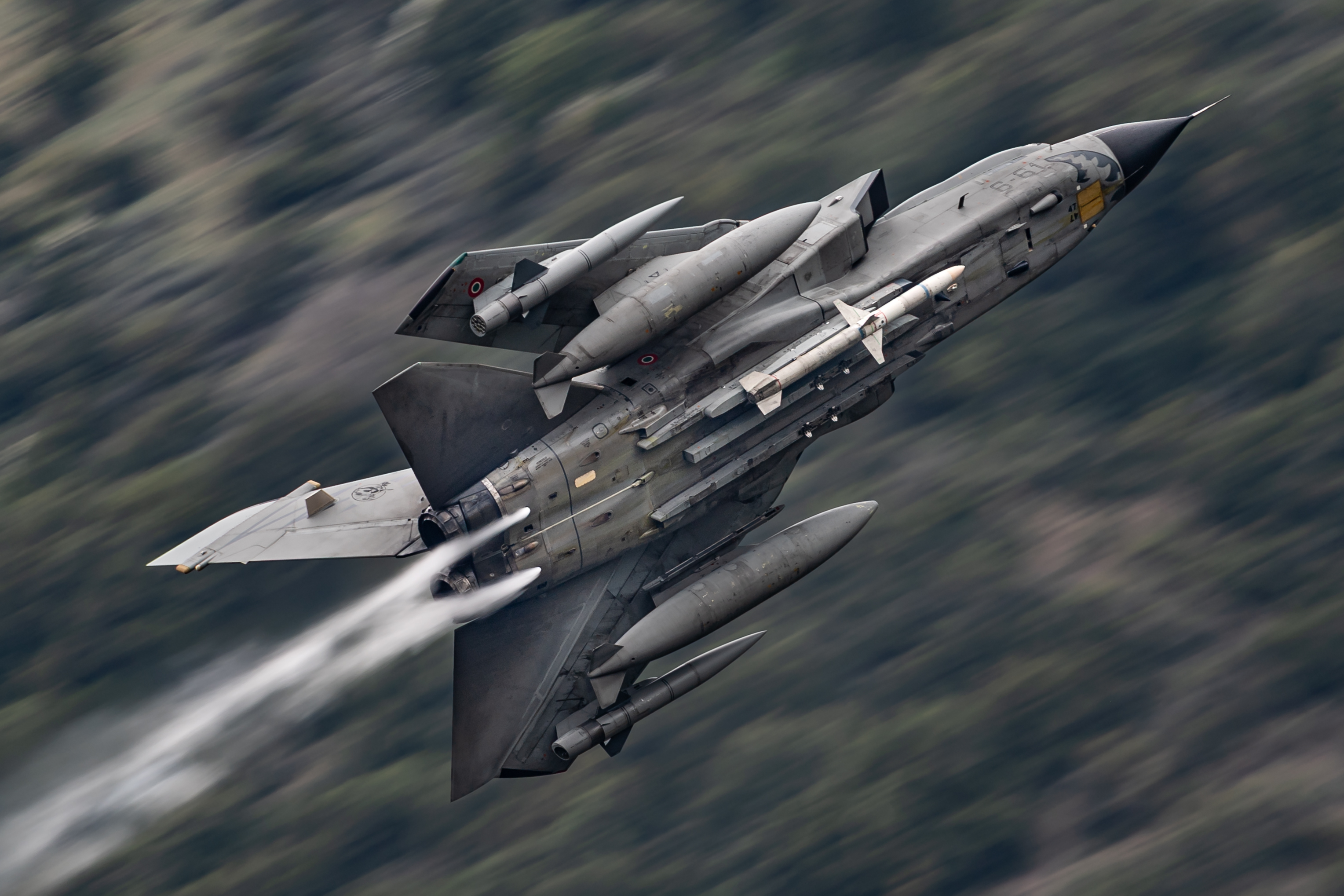

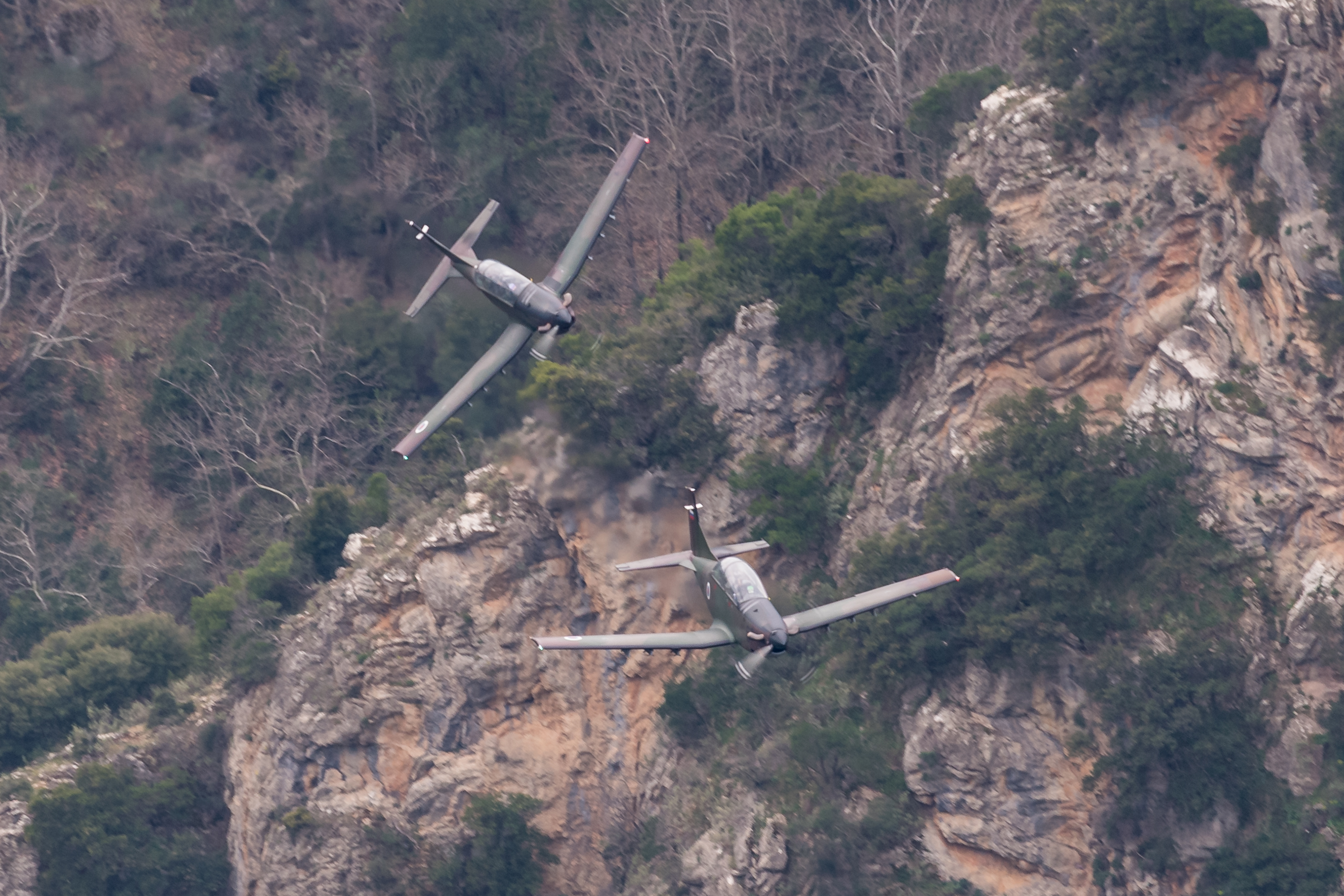


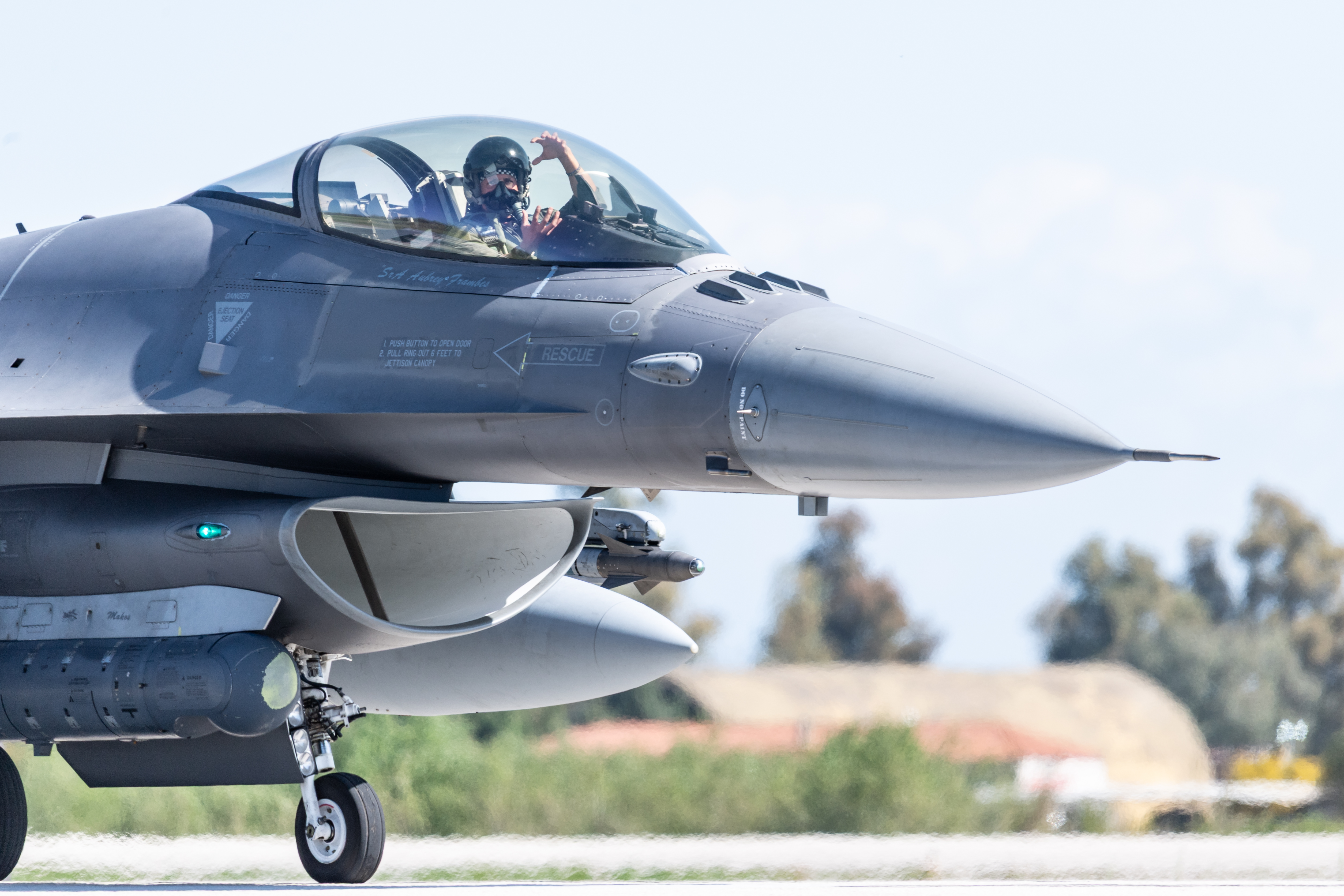
Rich Cooper runs the Centre of Aviation Photography, which you can check out here, and you can see more of his work on Instagram.
Contact the author: thomas@thewarzone.com
